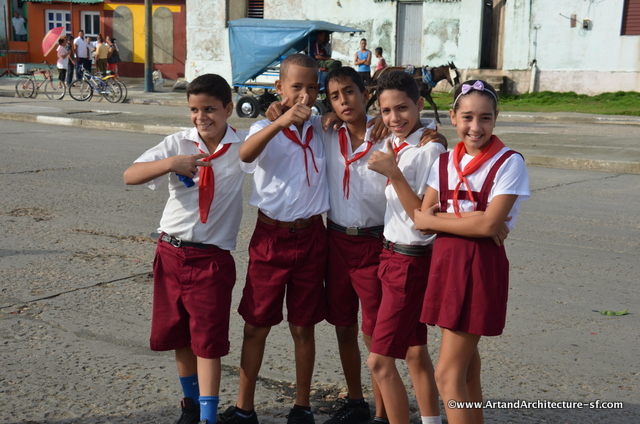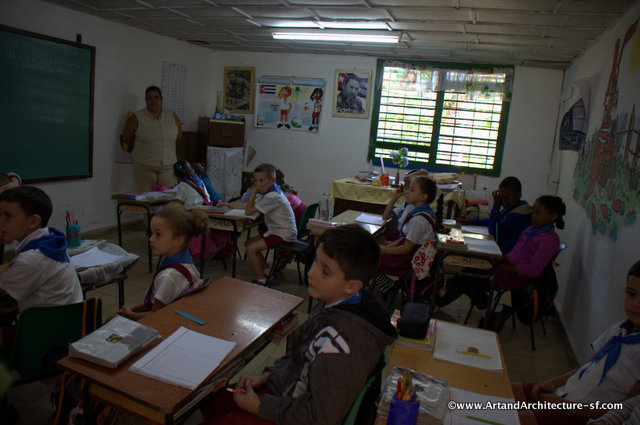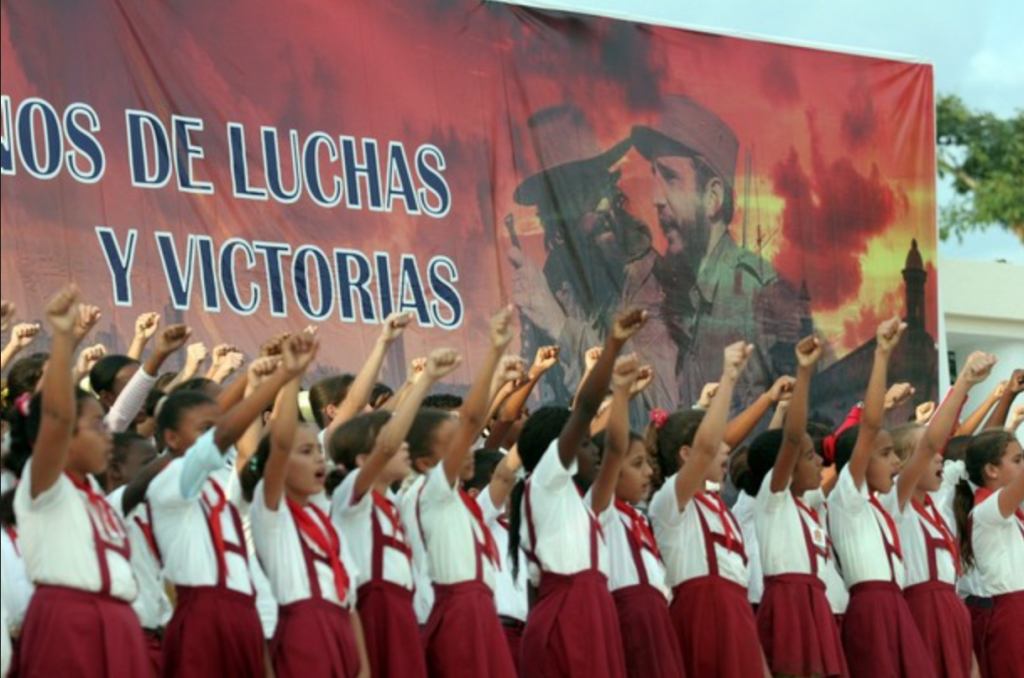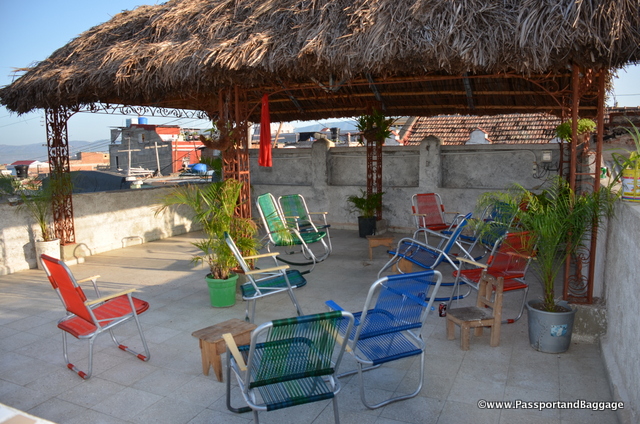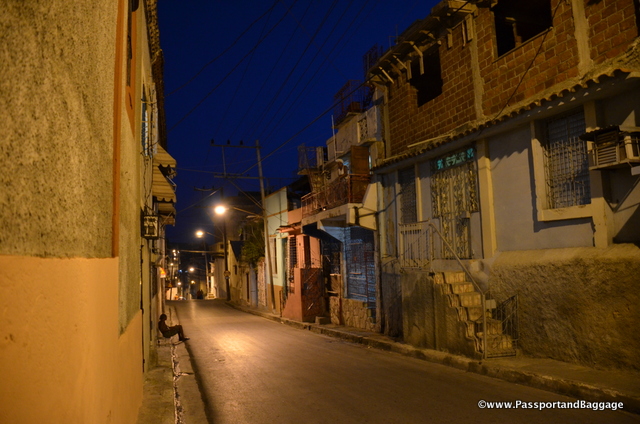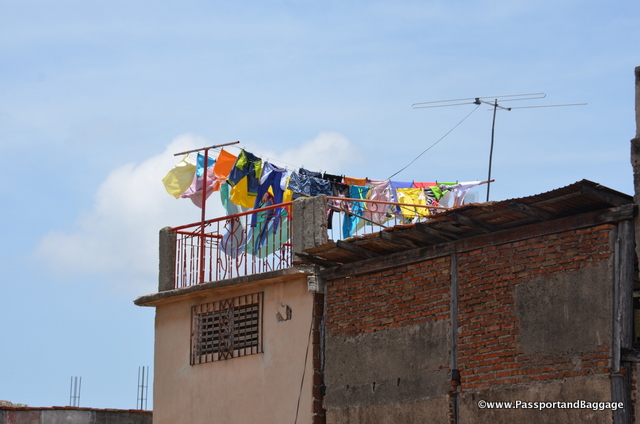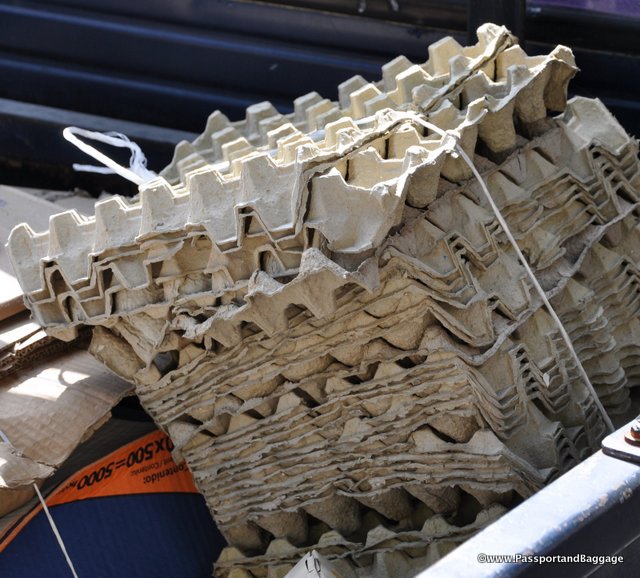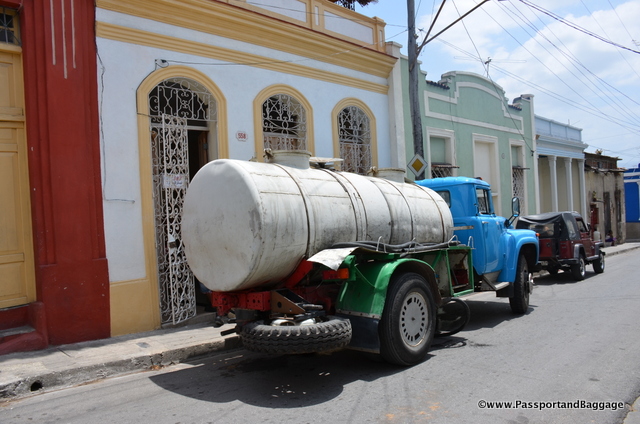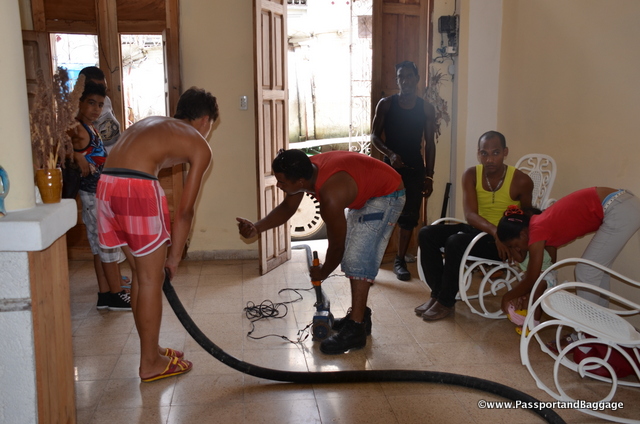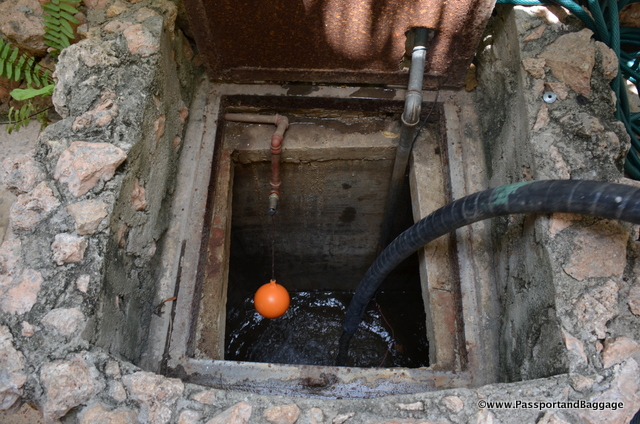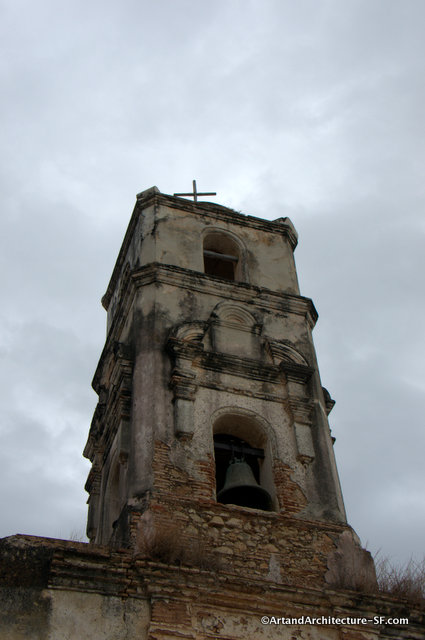I am often asked what to take to the Cuban people. Please tread carefully here. Like so many countries around the world, the Cubans are no different in lacking of the essentials, but the other side of that coin is setting up a community that expects handouts from foreigners.
If you are staying in hotels, know that the staff is already better off than most of their fellow citizens, they are tipped, and more importantly tipped in CUC’s, so they have the privilege of shopping at the CUC stores.
If you are staying in Casa Particulars, you are paying them in CUC’s as well, but their pockets aren’t lined as well as those that receive tips in major hotels, so here, yes, a little something is appreciated.
Cuban soaps and shampoos are horrible, so while they are appreciated, they are not necessarily the best thing to leave. If you are on your last day, by all means leave behind what you brought, but there are other things far more difficult to obtain in Cuba.
Toothpaste and toothbrushes are not only horrible, but very, very expensive. This will become evident the more you see the missing teeth in the smiling Cuban faces.
Aspirin, also almost impossible to find and very, very expensive.
 If you are visiting a school, usually a requirement for tour groups, bring, paper, pencils and Spanish language books appropriate for small children. This will be one of your most appreciated gifts, and don’t worry, a box of Number 2 pencils, while a simple concept to you, will be manna from heaven in Cuba.
If you are visiting a school, usually a requirement for tour groups, bring, paper, pencils and Spanish language books appropriate for small children. This will be one of your most appreciated gifts, and don’t worry, a box of Number 2 pencils, while a simple concept to you, will be manna from heaven in Cuba.
Toilet paper is a luxury in Cuba, no you won’t be deprived, but the Cuban’s are. The government newspaper Granma is the most common form of TP in Cuba, appropriately since nothing written in it is worth reading. I suggest you bring at least a roll for your private use, just in case, and leave it behind when you have no more use.
Washcloths, also do not exist in Cuba. If you are a person that needs a cloth, I suggest you bring them with you, and again, leave them behind as you see fit.

